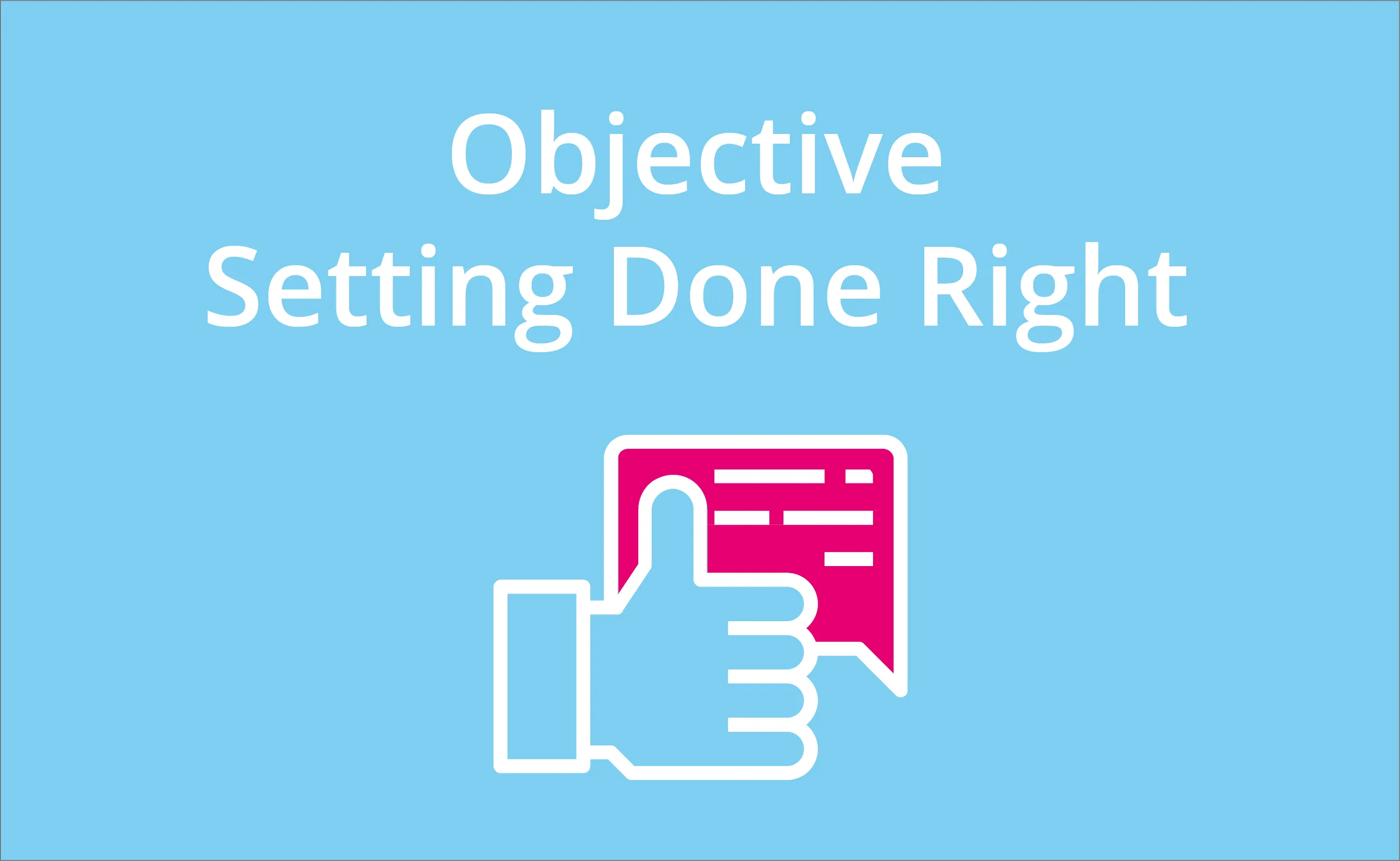
Too many meetings are spent on long debates to solve channel operations issues.
Team members could emphasize the same point over and over again and you may struggle to get everyone on the same page. In the end, precious time is lost and the discussion does not lead to a noteworthy conclusion.
This situation could be avoided by creating a one-page problem statement and a clear partner vision.
How to make a one-page problem statement?
Global management consulting firm Mckinsey shared the step-by-step process for creating a problem statement.
- Step 1: Situation: List down 3 to 5 bullet points statements that everyone will agree on.
- Step 2: Challenge: List down 3 to 5 bullet points statements about your current challenges and opportunities.
- Step 3: Message: List down 3 to 5 bullet points statements that incite people to make a hypothesis, propose a solution and take action.
Afterward, send this one-page problem statement to relevant stakeholders. Encourage them to make comments and suggestions, until you are all on the same page. If you need to modify your tactics, then reassess the document and hold each other accountable for mistakes in execution.
What is your partner's vision?
How will your partnerships appear in the next 3 to 5 years? How will your partner account managers achieve this goal? Whenever you forge a partnership, you likely have a vision of how the partnership will progress in the future.
Use this information as a guide for your mission statement on partner experience and to create a partner business plan. On top of this, consider the process for lead acquisition, sales enablement, marketing, and letting customers move along the sales funnel.

What does your partner want?
The one-page problem statement and partner vision are very much one-sided. Just like any partnership, you must also consider what your partners need to guarantee that your goals align. Make certain that your mission statements and pain points are on the same page, otherwise, the relationship will turn sour.
Of course, many partnerships are entirely based on the promise of profits. However, there are plenty of partnerships based on rebates and incentives.
Let’s look at the factors that could boost your appeal to business partners:
Business Relationship Management
Salespeople and organizations want to collaborate with businesses that provide transparency. Instead of playing the guessing game, they want partners that provide them with an updated overview of their partnership status, objectives, and key results.
On top of this, they also want to build a partner relationship based on trust and communication. They prefer an organization that will be accountable and has no fear of conflict. Without these elements, both parties could easily become complacent so their goals will not be achieved.
Sales enablement
Every salesperson knows how to sell and persuade clients. However, products and sales don’t follow a one-size-fits-all approach. Your partners’ sales professionals will want access to training, tools, and data that could help them sell your products.
Lead and opportunity management
Thanks to advancements in technology, we have top-notch tools for lead qualification, lead management, and opportunity processes. But do both parties follow the same lead management and opportunity process? Do both parties agree on the execution of the process? If you or your partner believe there is a “better” way to achieve your desired results, then share it.
Marketing development funds
Any marketing team needs funds in order to thrive—but businesses have varying opinions about the budget. For best results, determine how your partners manage their marketing budget and the corresponding ROI based on the amount. Whether you increase or decrease your marketing development fund, having a discussion with your partner will help you determine the ideal investment to achieve your desired profits.
Incentive management
Many organizations motivate their partners through incentives. Unfortunately, if they lack clarity, they won’t serve their original purpose. That’s precisely why you must consult with your partner regarding the taxonomy of your incentives, and build a partner business plan. Beyond that, figure out if they have access to financial tools and a real-time overview of the status of their deals.
Synthesize in a comprehensive way
At this point, you’ll likely be on the same page with your partners.
The next step is to prepare for change and business transformation.
To get started, set priorities and a roadmap for success based on your one-page problem statement and partner vision. Then, get a comprehensive and visual overview of your channel operations.
In the image below, we’ve provided a template that can help you create a partner plan through data-backed insights and partner communication.

Wrapping it up
Sometimes getting on the same page with your partners and other relevant stakeholders may seem impossible. However, creating a one-page problem statement and discussing your partner's vision with the help of a partner business plan can clear up controversial bits and pieces of your negotiation.
How will you get your partners on the same page? Let us know in the comments below.
If you enjoyed the article and want to learn about how to make a successful business transformation, here’s the next step:
How to build a roadmap for business transformation in the sales industry



